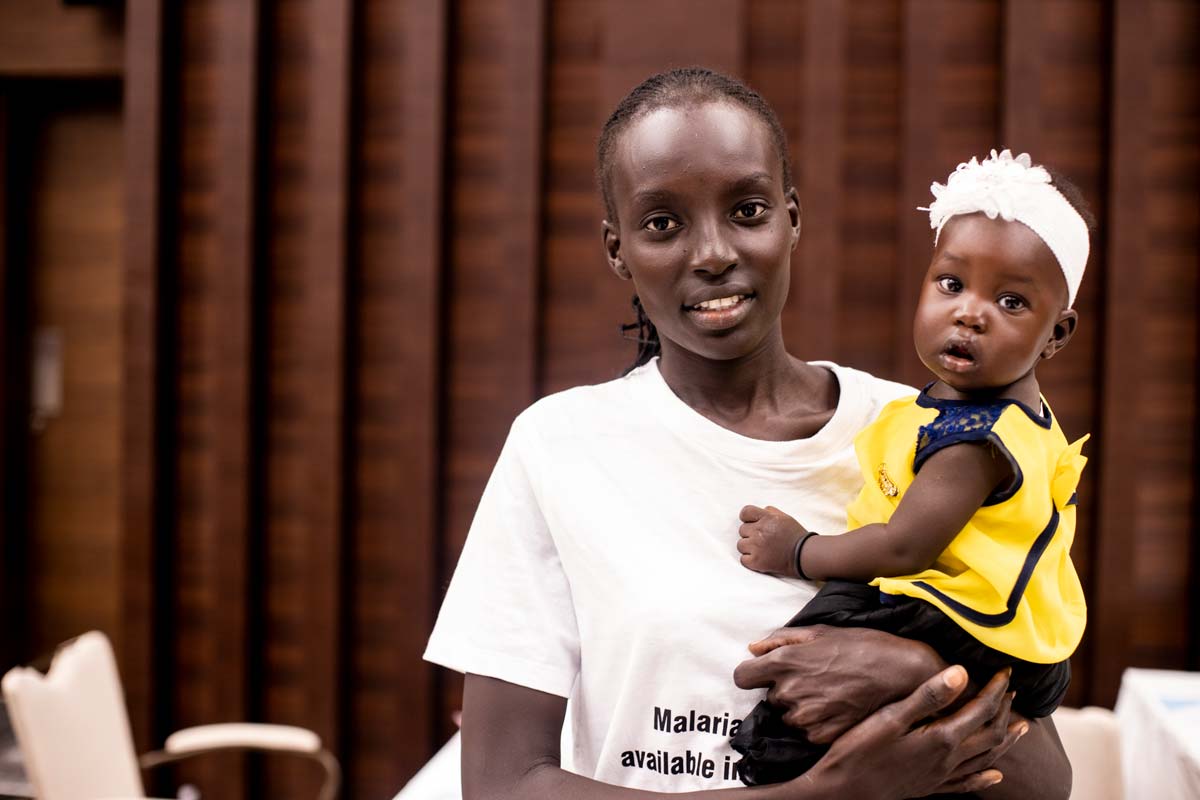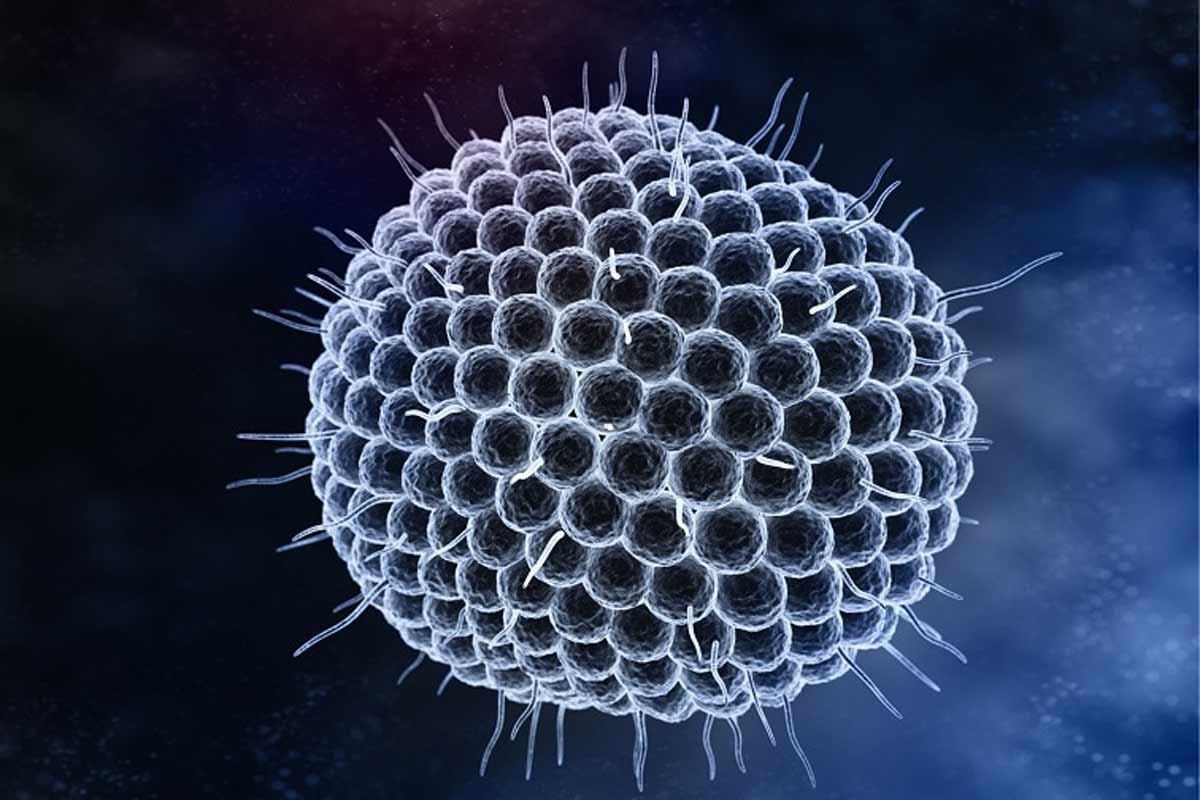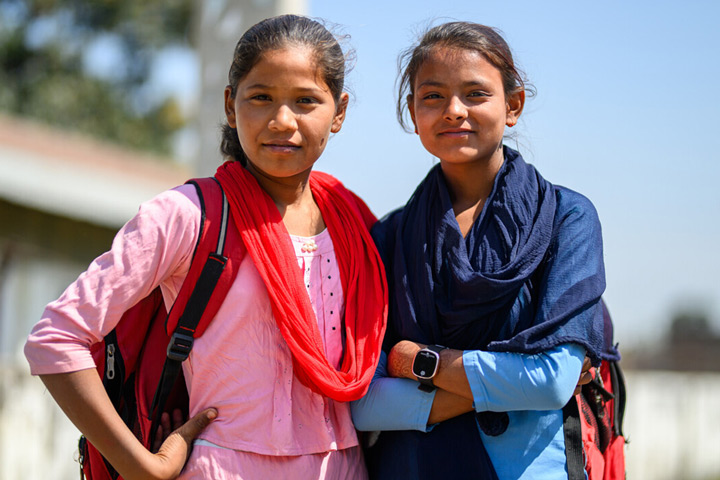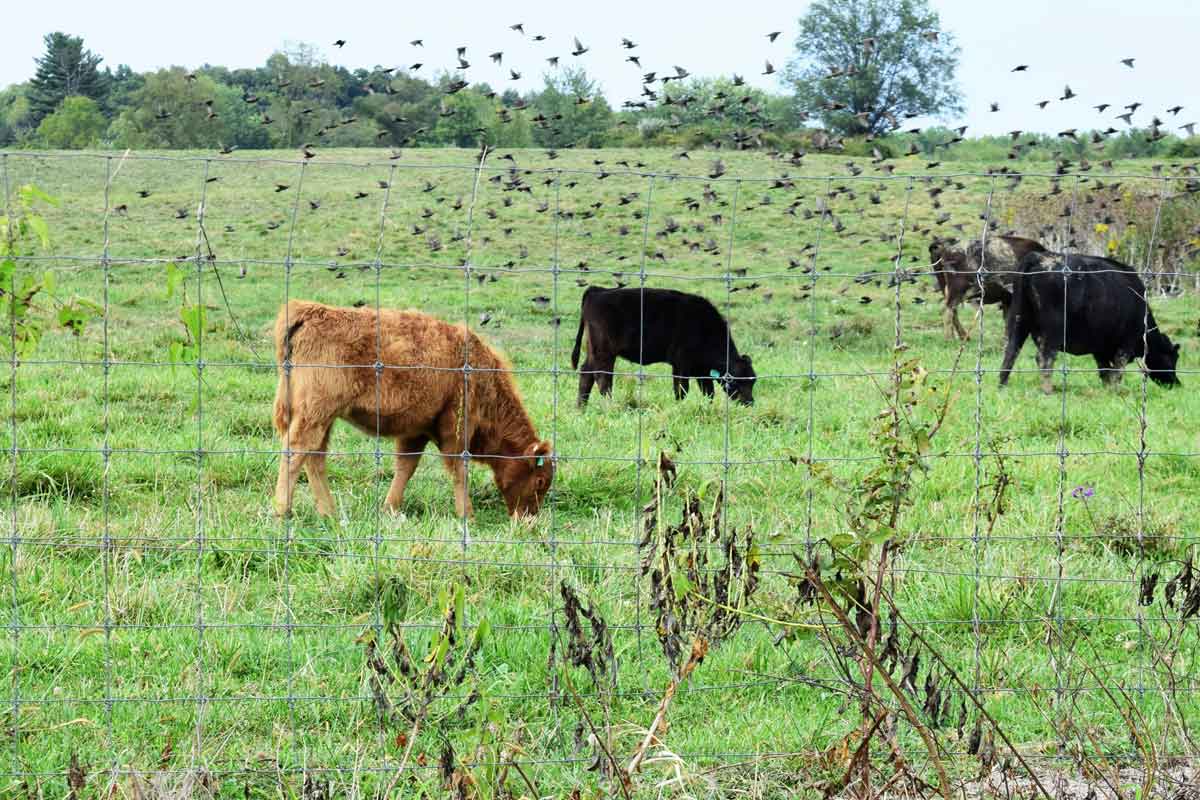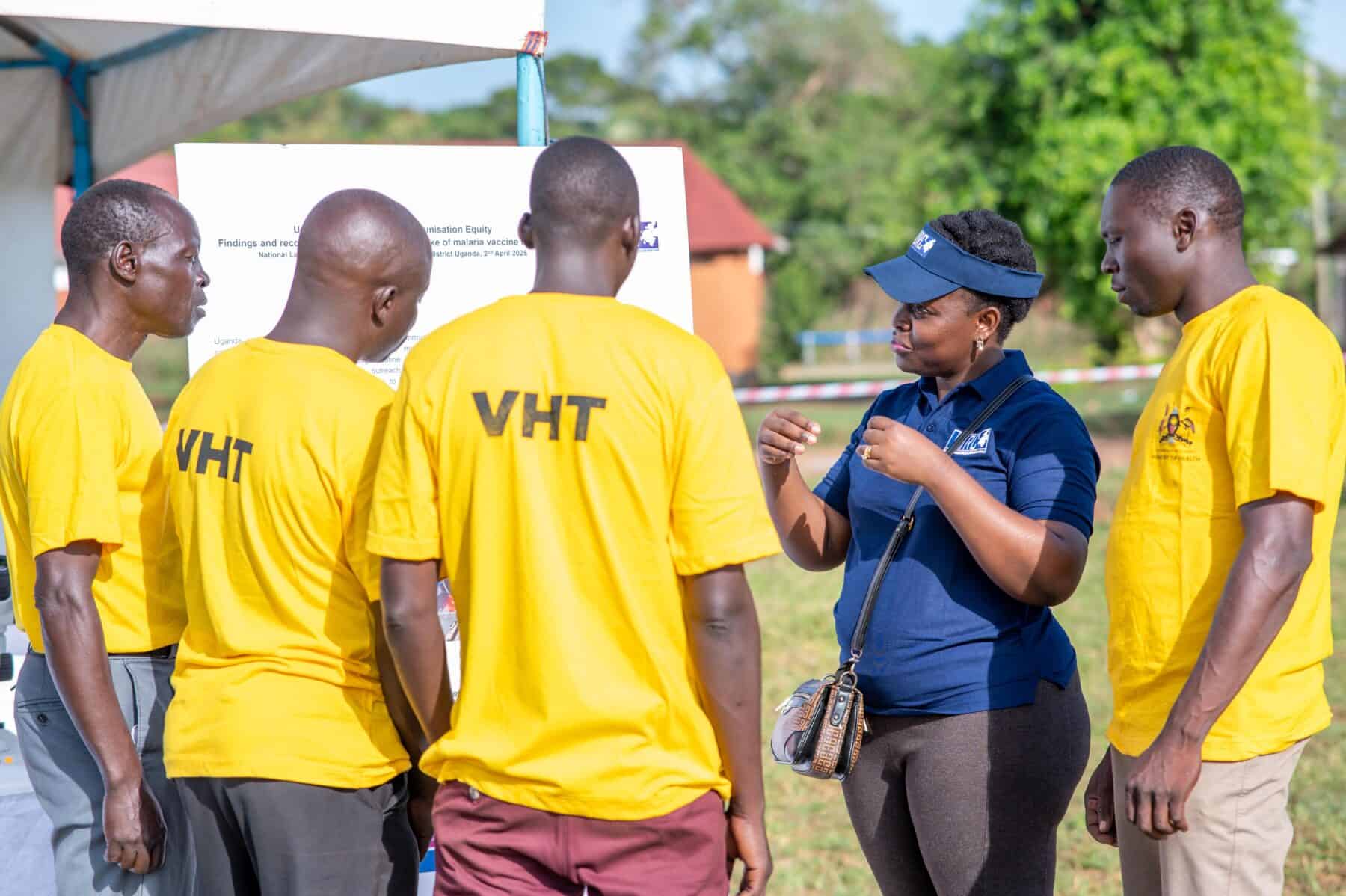Antimicrobial use in animals can drive resistance in people, and vice versa
The overuse of antibiotics and the rise of antimicrobial resistance is a two-way street between people and animals, study shows for the first time.
- 22 May 2023
- 3 min read
- by Priya Joi

Scientists have demonstrated for the first time that antibiotic consumption in animals can drive antimicrobial resistance (AMR) in people, and vice versa. Experts in this field have long suspected this interconnection and have called for efforts to reduce AMR to take a holistic approach that integrates people, animals and the environment – a so-called 'One Health' approach. Proving this link, however, has been elusive – until now.
Acinetobacter baumanii can cause pneumonia infections in the urinary tract, bloodstream or the lungs. A class of antibiotics called carbapenems are the main treatment, but resistance has been growing. This study showed that this resistance was linked to animal antibiotic consumption.
The study in Lancet Planetary Health investigated links between the global consumption of antibiotics and rates of AMR in humans and food-producing animals. The authors also considered the influence of political, socioeconomic, health and environmental factors that had less likely (e.g. prudent prescribing practices) or more likely (lack of access to clean water or population displacement) associations with AMR.
Antimicrobial consumption in animals was significantly associated with resistance in pathogens that are on the WHO critical priority list. Antimicrobial consumption in humans was significantly associated with animal AMR rates, specifically in high priority pathogens.
Acinetobacter baumanii can cause pneumonia infections in the urinary tract, bloodstream or the lungs. A class of antibiotics called carbapenems are the main treatment, but resistance has been growing. This study showed that this resistance was linked to animal antibiotic consumption. Animal consumption was also linked to resistant strains of Escherichia coli and Staphylococcus aureus, both of which cause serious infections in people.
Have you read?
An estimated 1.27 million deaths were attributable to bacterial AMR globally in 2019. This could soar to 10 million deaths by 2050, experts warn. Antimicrobials, and especially antibiotics, have been misused globally for decades. In people, this can mean overprescribing of antibiotics or unregulated sales of antibiotics over the counter.
Food-producing animals like chickens and pigs, meanwhile, are often over-treated with antibiotics. In 2017 an estimated 93,309 tonnes of antibiotics were sold for use in food-producing animals worldwide. This figure is projected to reach 104,079 tonnes by 2030.
Food-producing animals like chickens and pigs, meanwhile, are often over-treated with antibiotics. In 2017 an estimated 93,309 tonnes of antibiotics were sold for use in food-producing animals worldwide. This figure is projected to reach 104,079 tonnes by 2030.
Low- and middle-income countries, particularly from the eastern Mediterranean and South-East Asia regions, had the highest AMR rates in humans and animals, indicating the urgent need for better antibiotic stewardship and policy to go alongside better health care systems, improved water hygiene and sanitation systems, and better regulation.
"Most large pharmaceutical companies have exited antibiotic R&D, with the enterprises remaining, often small/micro biotech, struggling to sustain operations.”
– World Health Organisation & Global AMR R&D Hub Progress Report
In May 2023, WHO, in partnership with the Global AMR R&D Hub, produced a report for G7 ministers that says the global pipeline for new antibiotics remains "insufficient" because there is no financial market for them. As the report outlines: "The return on investment for new 'reserve' antibiotics fails to cover the costs of their development, manufacturing and distribution. Most large pharmaceutical companies have exited antibiotic R&D, with the enterprises remaining, often small/micro biotech, struggling to sustain operations."
Drug development can be incentivised by 'push' mechanisms such as dedicated funding, or 'pull' mechanisms such as advanced market commitments that promise the purchase of any viable therapeutics developed. Current push incentives are "insufficient", says the report, and the best bet is to focus on pull incentives or innovative financing mechanisms to reignite innovation.
